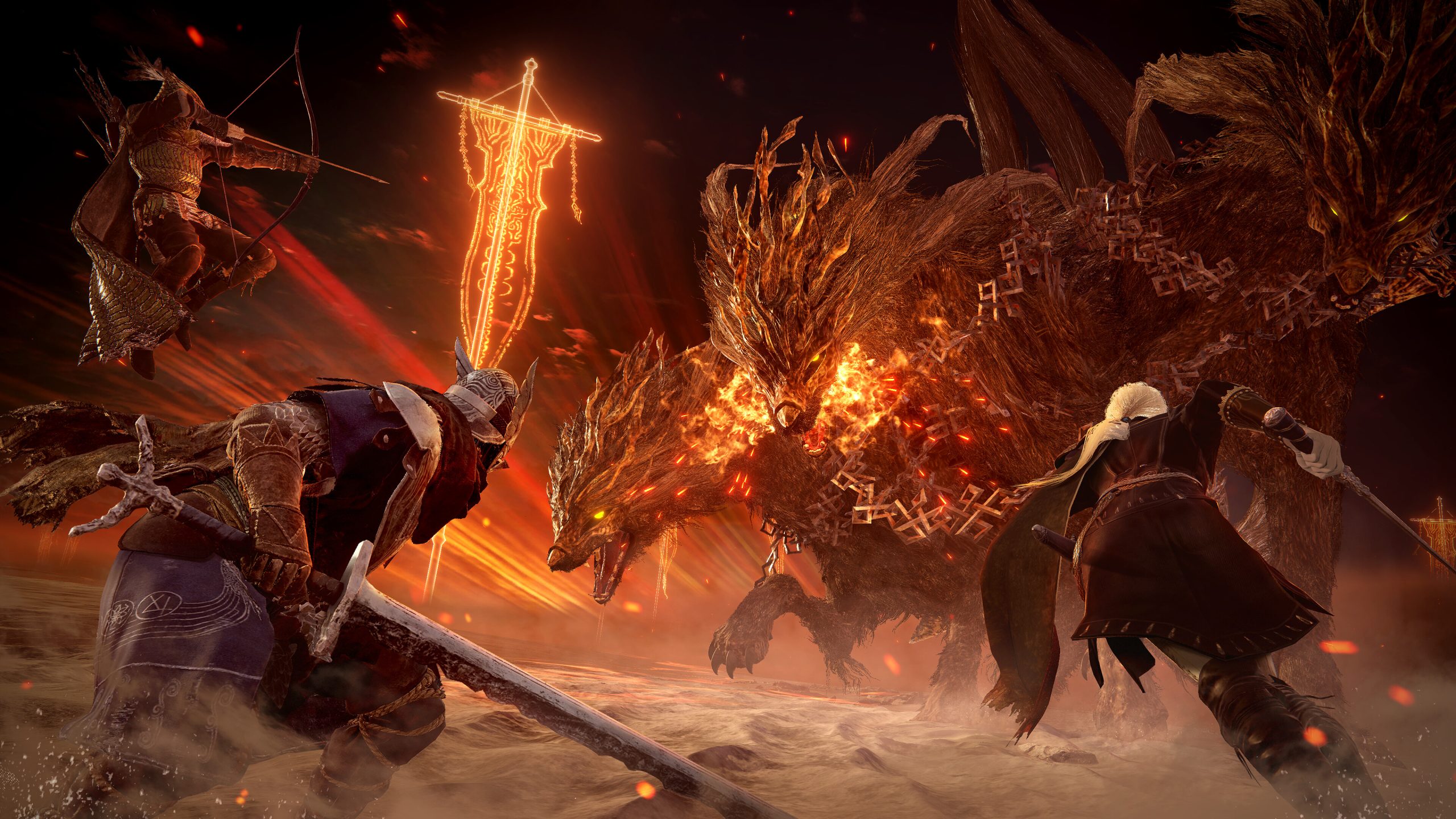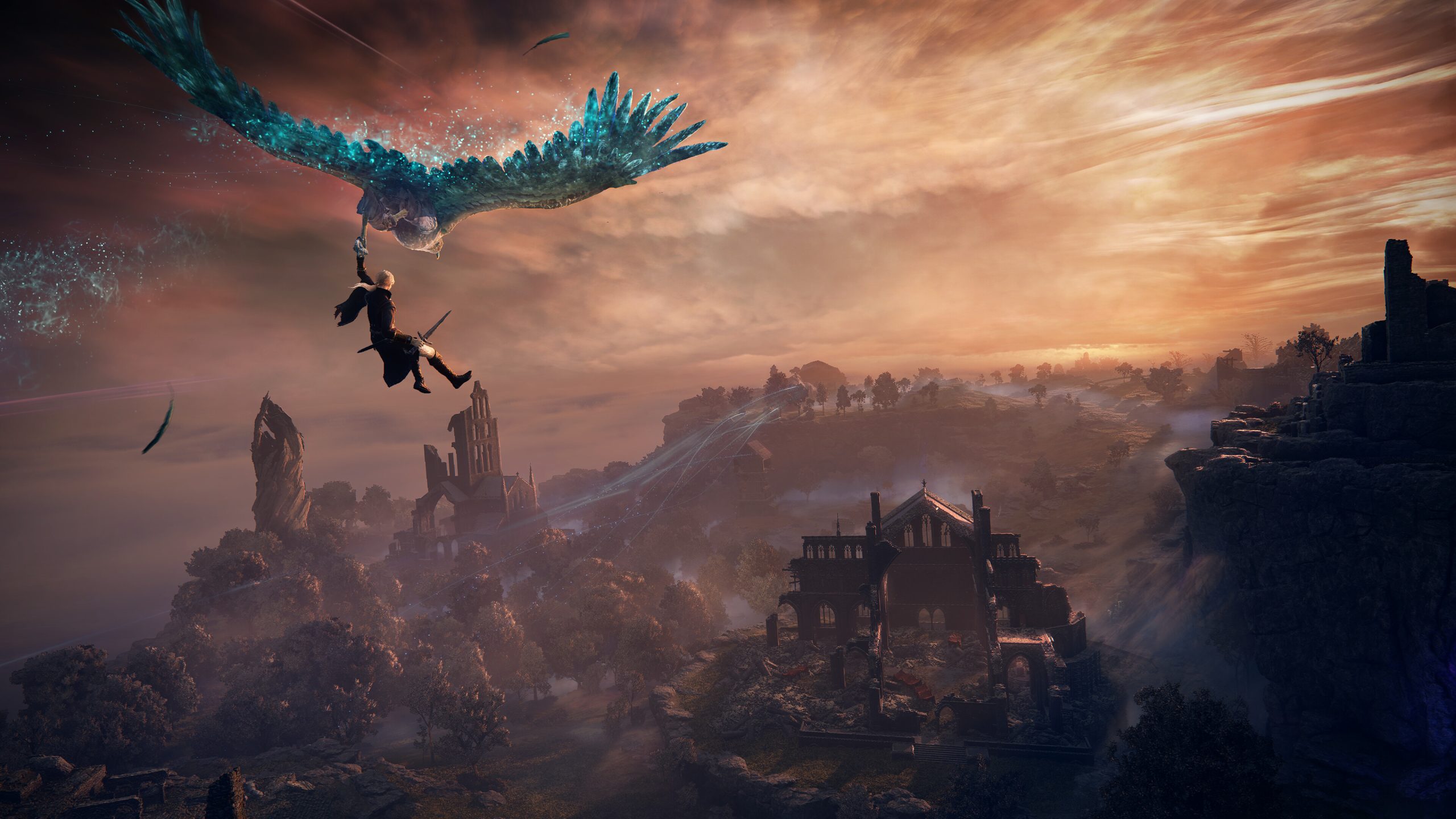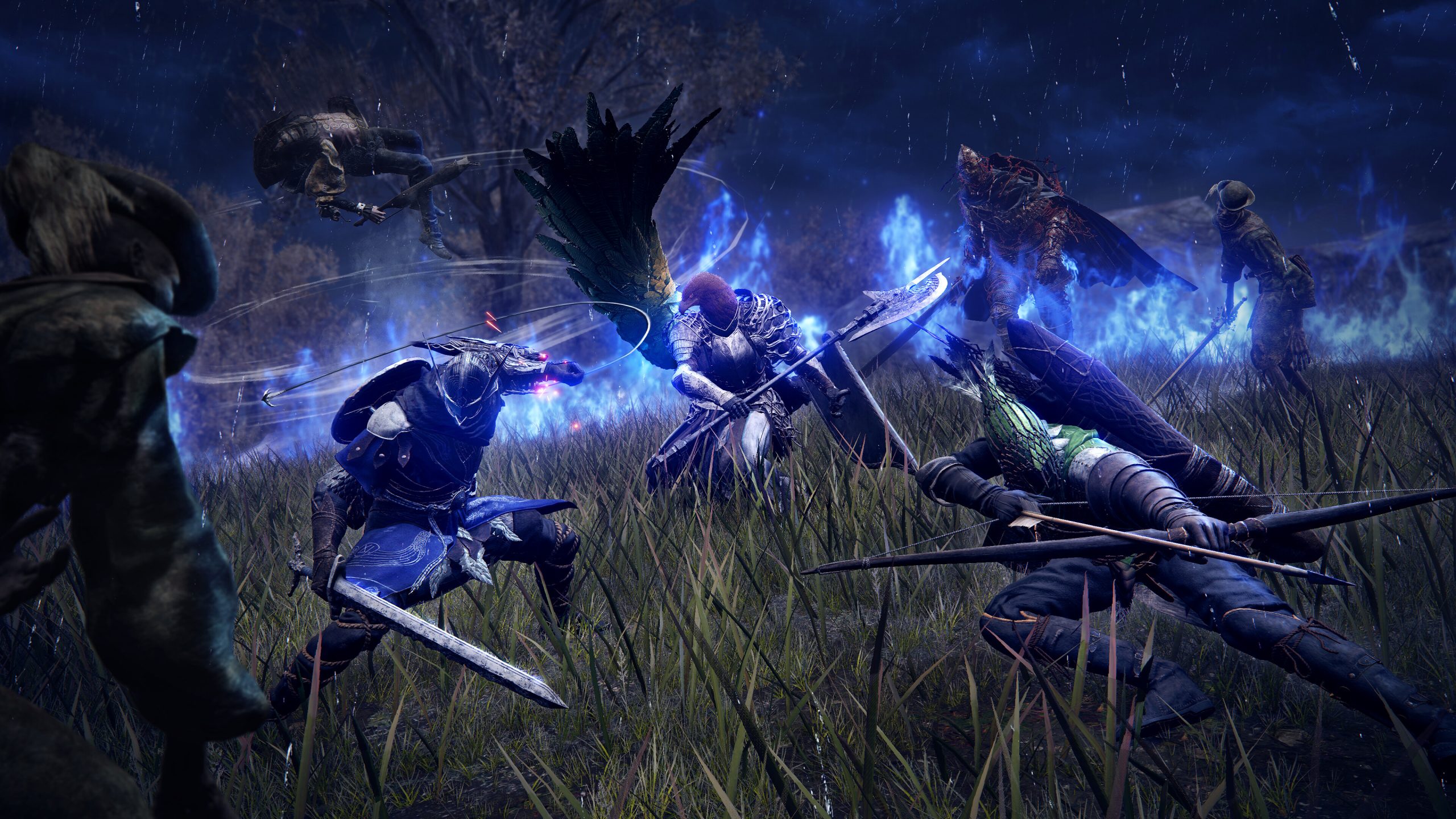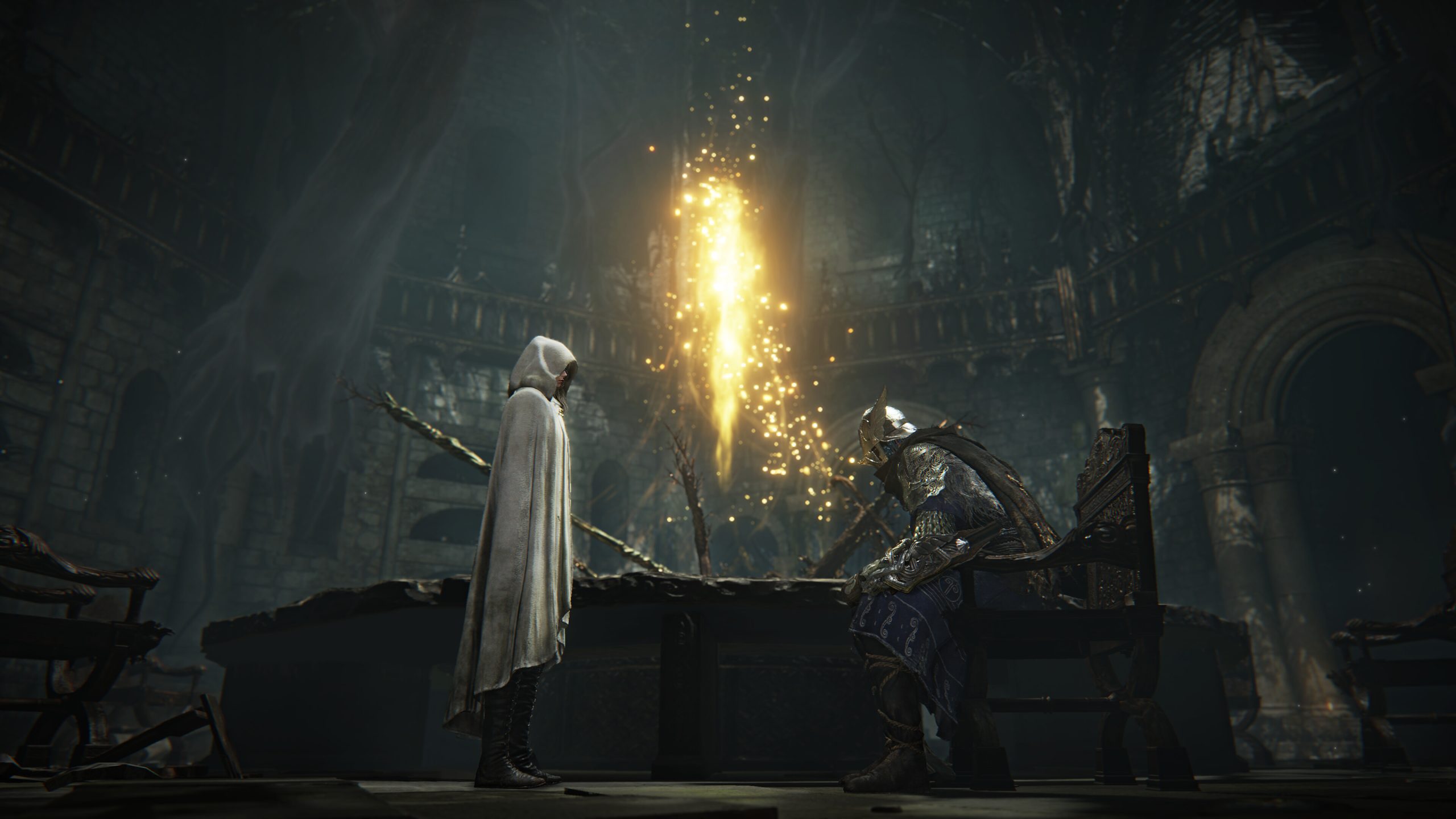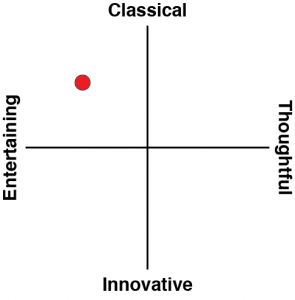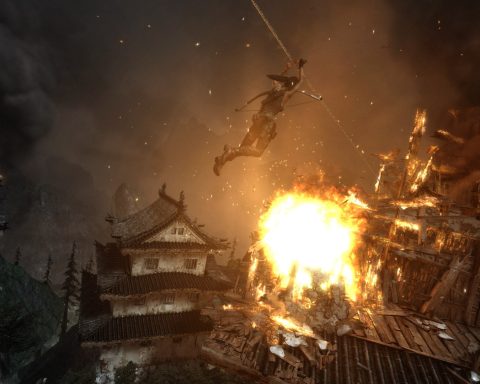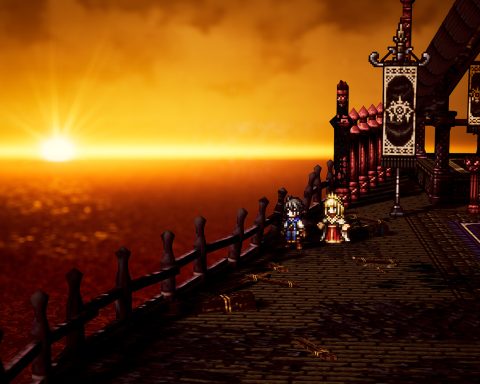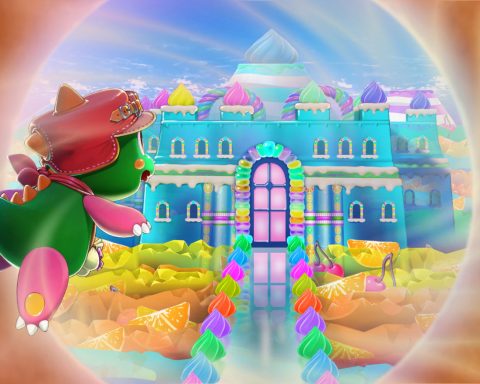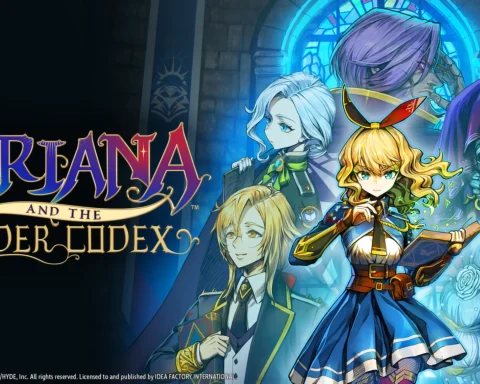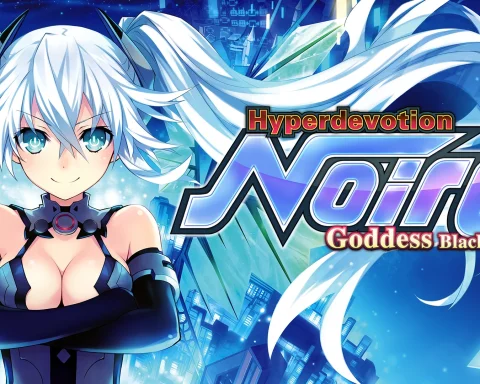It’s easy to understand why Elden Ring Nightreign exists. The multiplayer side of Dark Souls and, later, Elden Ring has been enormously popular over the years. So too are games designed around an endless gameplay loop, whether that be Fortnite, roguelikes, or anything in between. Nightreign will be loved a great deal by the people it was designed for. It’s just not what I, personally, love about FromSoftware’s work.
For one thing, I actually prefer to play these games solo, avoiding the multiplayer moments as much as possible. In my mind, what makes FromSoftware’s games so special is the density of the atmosphere of them, and the gothic melancholia that comes from being a lonely pilgrim in a darkly majestic, almost serene world. The action might pick up when you run into the bosses (and I’d be the first to admit that I benefited from tapping into the ability to call allies to tackle them from time to time), but for the most part, the Souls titles, and Elden Ring itself, were methodically paced. Or, at the very least, the way that the lore and narrative were rolled out rewarded players who approached them methodically.
You can play Nightreign by yourself, though the developers go to great lengths to encourage you to play with others. However, even if you do play by yourself, this title is anything but methodical and serene. At the start of each “run”, you’re dropped into a relatively small arena, and circled by a toxic rain that forms a large circle that steadily shrinks in size. You’re got to move quickly to visit the maximum number of areas, battle the most high-value “common” enemies and “field” bosses that you can, and gather together as much loot as you can while staying ahead of the shrinking ring. Ten or so minutes later, the ring will have shrunk right down to a single key location, where you need to fight a boss. Succeed, and you’ll repeat that process, and succeed again and you’ll get a chance to take a swing at the “main” boss of your little expedition.
After that, you’re returned to a hub area, where you can play around with loadouts and follow the relatively limited story of Nightreign, before forming another party and venturing forth for another run.
There is no respite during these expeditions. You need to be moving constantly, quickly, and efficiently, and all those wonderful quiet moments that really built the unique atmosphere of Elden Ring are missing. What’s there is excellent. The entire world is well designed around traversal and rewarding players who experiment and explore. They might fail that expedition for making mistakes in turning down blind alleys or running headfirst into something deadly, but the more they understand the intricacies of the entire hub, the better they’ll be able to prepare for the periodic boss encounters. You start each expedition at level 1, roguelike-style, so there’s plenty of incentive to, again, learn everything you can about the “level” as you could be 200 hours into the game and still need to rely on what you can scavenge and win through this system.
But there’s a consequence to all this: Nightereign doesn’t have an environment like Elden Ring does. Elden Ring’s very world was as much a character in the drama as anything else, but with Nightreign, it’s a carefully constructed level, and you never quite manage to suspend disbelief in how artificial it is.
Combat, meanwhile, is predictably excellent, and quite fast paced this time. The eight character classes that you have to choose from all have a unique utility on the battlefield, and one of the reasons the developers are so keen to get you into teams is that the various combinations of classes make for some interesting synergies when tackling the tougher enemies. This is less rigid than your typical MMO, where you’ve got to have a tank, healer, and so on. There are only three of you in a team, after all. You don’t have the luxury of total specialists feeding one another. At the same time, it’s less individualistic than, say, Monster Hunter. The successful teams in Nightreign will be the ones that can coordinate their efforts and really make the most of both player skill and class features.
You’re even able to resurrect a fallen ally (both amusingly and surrealistically, by attacking them). That can be incredibly difficult to do when a boss is dancing around a stage blasting you with deadly attacks, but it provides teams with additional opportunities to turn good, strategic teamwork into a real weapon.
Bosses, meanwhile, have all the variety that you would expect and hope for from FromSoftware. Attack patterns are interesting, the difficulty level is set high, and defeating one is inherently rewarding. FromSoftware has also put special effort into these bosses to ensure that they’re designed to fight parties, rather than individuals, and this might be a nice bit of variety for people who have played Elden Ring to death and memorised every boss there.
There are, perhaps, a relatively thin number of them at this stage. There are “only” eight of the “final boss” Nightlords available for now. In theory, that would mean that an Elden Ring savant could be done with the game quite quickly, though of course, most mere mortals are going to have a learning curve with each of the nightmares. And, if the game proves popular (which is almost certain), there will no doubt be more added over time.
Elden Ring Nightreign is a very clever game. FromSoftware has produced a multiplayer-focused “Souls” experience that borrows some of the best ideas from the multiplayer giants while retaining the Soulslike formula and style. It’s not really for me. I’m a mega Souls fan, but I’m there for the dark fantasy storytelling and exploration more than the action and bosses. But I can appreciate what FromSoftware has done with this, and I certainly think the team has nailed what they set out to achieve with it.
